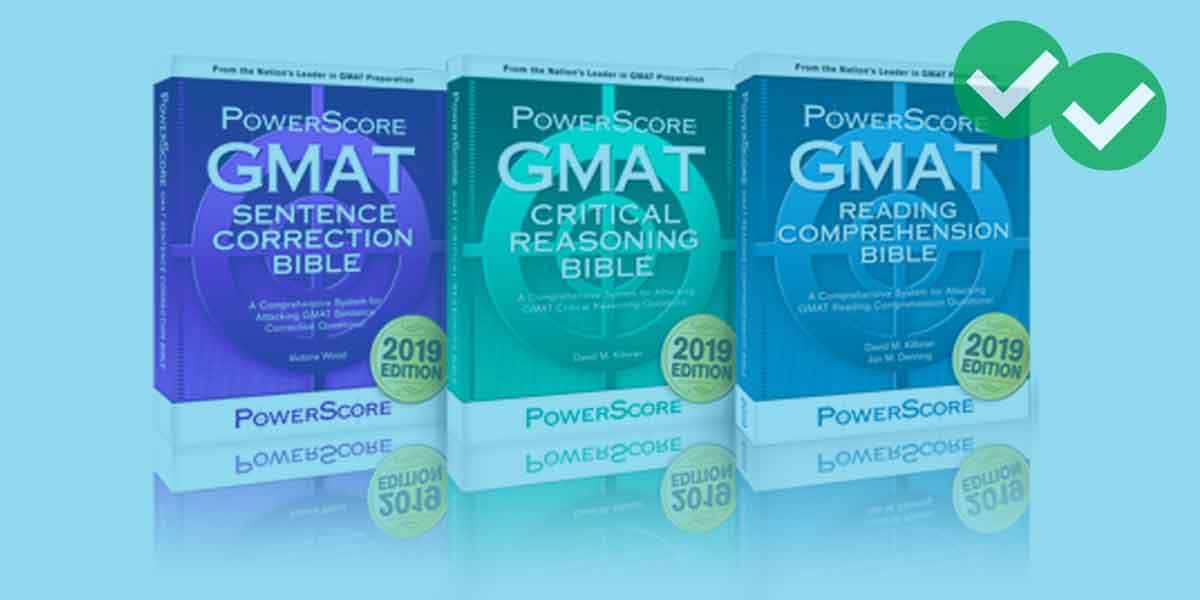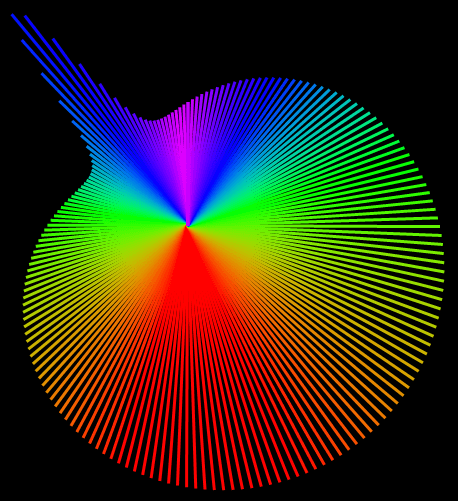
To start, here are a couple GMAT Critical Reasoning questions of the “Find the Conclusion/Inference” type.
1) Diamond Enterprises is a store in Apisville that sells specialty luxury items. For several years, Diamond reaped substantial profits and was considering building branch stores in nearby counties. Stibium Industries, for several years the single largest employer in Apisville and the surrounding region, abruptly closed its plant last year, causing widespread unemployment. Only a fraction of the former Stibium workers have found new jobs, and many of these at much lower wages. Early this year, Diamond Enterprises has filed for Chapter 11 bankruptcy, citing the closure of Stibium as one of the primary causes.
Which of the following inferences is best supported by the passage?
(A) Diamond Enterprises would have avoided bankruptcy if it had followed through with the plan to build branch stores during its more prosperous years.
(B) Stibium’s management team had a corporate account with Diamond Enterprises, and ordered several luxury items used in business meetings and to entertain prospective clients.
(C) Diamond’s direct competitors, in Apisville and in the surrounding region, are much larger than Diamond, and therefore benefitted substantially from the conditions that arose after Stibium closed.
(D) The closure of Stibium resulted in a loss of revenue for Diamond Enterprises.
(E) After Stibium Industry closed, Diamond Enterprises was the single largest employer in Apisville.
2) Public Health Official: After several years of vaccinating all of the citizens of this state for Tacitus’ Disease, a highly infectious virus, state hospitals have cut costs by no longer administering this vaccine, starting at the beginning of this year. A state senator defended the position, arguing that after several years with zero incidence of the disease in the state, its citizens were no longer at risk. This is a flawed argument. Our state imports meats and produce from countries with high incidences of diseases for which our country has vaccines. Three years ago, when we reduced the use of the Salicetiococcus vaccines, a small outbreak of Salicetiococcus among young children, fortunately without fatalities, encouraged us to resume use of the previous vaccines.
The public health official’s statements, if true, best support which of the following as a conclusion?
(A) Young children of the state will be at risk for Tacitus’ Disease.
(B) Some of the meats imported to this state do not have adequate refrigeration during the shipping process.
(C) Tacitus’ Disease is a much deadlier disease than Salicetiococcus, and has a correspondingly higher fatality rate.
(D) No food products produced within the state bear any contaminants that could lead to either Tacitus’ Disease or Salicetiococcus.
(E) The cost of providing all citizens of the state with the Tacitus’ Disease vaccine places an undue burden on the budget of state health agencies.
The Conclusion/Inference Question Type
On GMAT Critical Reasoning, the “big three” question types are (1) find the assumption, (2) strengthen the argument, and (3) weaken the argument. Among the remaining question, this type, the Conclusion/Inference question, is one of the most common. Prompts for this type include questions such as these:
Which of the following must be true on the basis of the politician’s statements above?
Which of the following conclusions is most strongly supported by the information above?
If the above statements are true, which of the following inferences is best supported by them?
In this question type, the prompt presents statements P & Q & R, and your job is to draw a conclusion or inference that is best supported by these statements.
The format of wrong answers
Virtually all the incorrect answer choices of this type follow the same pattern. In plain language, they go too far. Virtually all the incorrect answer choices will require some kind of additional assumption, over and above the individual statements made in the prompt.
Here’s a simplistic example. Consider the following statements as a quasi-prompt.
Two years ago, I lived and worked in San Francisco. Now I live and work in Berkeley.
As it happens, both of those statements are 100% true in real life. Here are examples of incorrect inferences
(A) I get paid more at my job in Berkeley. (We don’t know)
(B) I enjoy my job in Berkeley more than my job in San Francisco. (We don’t know)
(C) My commute to work now is about the same distance as it was when I lived and worked in SF. (We don’t know)
(D) I left my job in SF to come to this job in Berkeley. (We don’t know)
(E) These two jobs are in a similar line of work. (We don’t know)
Some of those happen to be true, and others aren’t true. The point is, though, none of them is a necessary deduction from the prompt. For any of them, we could easily imagine a world in which the prompt statements were true and the inference statement was false. Each one of these requires an additional assumption, beyond what a strict reading of the prompt tells us. Every single one of these would be a wrong answer on an Inference/Conclusion question on the GMAT Critical Reasoning.
A good conclusion or good inference
As with inferences on GMAT Reading Comprehension, a good inference or good conclusion on the GMAT Critical Reasoning is just half a step away from what is stated explicitly. It is something that, given the information in the prompt, is simply undeniable.
Consider another quasi-prompt, more a story than a legitimate GMAT CR prompt:
As soon as the suspect ran out of the bank, he started shooting at the policemen standing on the corner. As he ran away, he kept firing back at the policemen. The policemen took cover and returned fire. One policemen hit the suspect just as he was about to get into a waiting car. As the police approached, the car sped away without the suspect, allowing the police to apprehend and arrest the suspect.
Again, here are incorrect, unsupported conclusions
a. The suspect robbed the bank. (We don’t know)
b. The suspect was not as good a marksman as were some of the police. (We don’t know)
c. The suspect already had a criminal record before this incident. (We don’t know)
d. The suspect was trying to kill the police. (We don’t know)
e. The police were trying to kill the suspect. (We don’t know)
f. The suspect’s accomplices, all armed with guns, were in the waiting car. (We don’t know)
g. If the suspect had not been hit, he would have reached the car, escaped, and eluded arrest. (We don’t know)
Any of those could be true, but that’s not the point in this question type. We are looking for something that is undeniable, something that absolutely has to be true, as a result of the information in the prompt. Here are a couple examples of well-supported conclusions:
h. The police were firing in self-defense.
i. If the suspect had not been hit, he would have fled the scene in the car.
The prompt says that the suspect shot first, and that the police were merely returning fire once fired upon — that is more or less the legal definition of self-defense, which is why (h) is a well-supported conclusion.
The story explicitly says that the suspect was hit “just as he was about to get into a waiting car“, so that strongly suggests that, if he had not been hit, he would have gotten into the car. As it is, the car apparently left the immediate scene without difficulty, so if the suspect had gotten into the car, he would have fled the scene —- (i) is another good conclusion. Notice the crucial difference between (g) above and (i). Whereas (i) makes the conservative assumption that the suspect merely would have fled the scene, i.e. left that particular location, (g) paints a much grander picture about the total escape he would have been able to make with this car. As soon as that car pulls out of this story, it might be intercepted by police cars. It might be easily stopped on roads less than a mile from this site and all occupants arrested. We don’t know. We don’t know whether that car ultimately would be some kind of ticket to freedom for the suspect. All we know for sure is, the car actually left the immediate vicinity. That’s why (i) is a good conclusion, and (g) is not.
Summary
If you had an “aha’s” while reading this, you may want to give the two questions at the top another look before reading the explanations below. Here’s another question of this genre for practice:
3) http://gmat.magoosh.com/questions/3149
If you have any questions or anything you would like to say, please let us know in the comments section at the bottom.
Practice Question Explanations
1) The credited answer is (D). We know Diamond had high profits before Stibium closed, and we know it was close to bankruptcy after Stibium closed, citing Stibum’s closure as one of the primary causes. There, in some way, as a result of Stibium closing, Diamond lost revenue. Consider the opposite of (D): If Stibium closed, and that caused no revenue loss for Diamond, then how on earth could Diamond cite the closure of Stibium as one of the causes of its plummet from high profits to bankruptcy? The opposite of (D) is a scenario that makes no sense, so (D) is an unavoidable inference, very well supported.
Choice (A) is a tempting answer. Would branches of other Diamond stores in other towns have reaped profits, enough to avoid the bankruptcy mentioned? Perhaps. That’s certainly a plausible possibility, but we don’t know for sure. If we don’t know for sure, it’s not a good inference. (A) is incorrect.
Choice (B) is way too specific in the kind of assumptions it makes. It seems that Diamond was getting some kind of revenue from Stibium, but was it the management buying perks? or rank-and-file workers buying treats for themselves? We don’t know. Anything that spins a highly specific story is too much to infer strictly from the information in the prompt. (B) is incorrect.
Choice (C) makes too many assumptions — does this specialty store Diamond have direct competitors in the region? if so, are these competitors larger? was “being larger” an advantage in the economic conditions that resulted from Stibium’s closure? There are too many things we don’t know, so we can draw a clear inference. (C) is incorrect.
Choice (E) is entirely unfounded. We have no idea how big Diamond is, and we have no idea what other employers Apisville might have. (E) is incorrect.
(D) is by far the best answer.
2) The credited answer is (A). We know the citizenry currently is immune because of the vaccine. If they stop immunizing folks, the unvaccinated ones, i.e. the young children, would be vulnerable to this “highly infectious” diseases. We don’t know for sure that they will definitely get Tacitus’ Diseases, but we certainly know that their unvaccinated immune systems would be “at risk” for it. This is a well-supported conclusion.
Choice (B) is tempting. We know the countries that export meat & produce to this state have many of these diseases. It is suggested that these imports could constitute a vector for Tacitus’ disease into the state. We don’t know whether diseases could be introduced through these imports, but even if they are, there’s no reason to conclude meats are unrefrigerated. Unrefrigerated meat spoils very quickly, which suggest that it never could be sold once it arrived here. Furthermore, refrigerator doesn’t destroy viruses — they can simply remain dormant until they thaw. We have no grounds for concluding this. (B) is incorrect.
Choice (C) is unsubstantiated: we have no way to compare the infection rates. (C) is incorrect.
Choice (D) might be tempting, but we just don’t know. The whole population has been immune to Tacitus’ disease for years, because they all have been vaccinated. We don’t know by what pathways the Tacitus’s disease virus might be entering the population. We have no reason to assume this. (D) is incorrect.
Choice (E) is not a solid conclusion. We know that it cost something for the state hospitals to provide the Tacitus’ disease vaccine. Was this cost high? Did it place an economic burden on the state health services? We don’t know. We have no grounds for drawing this specific conclusion. (E) is incorrect.





